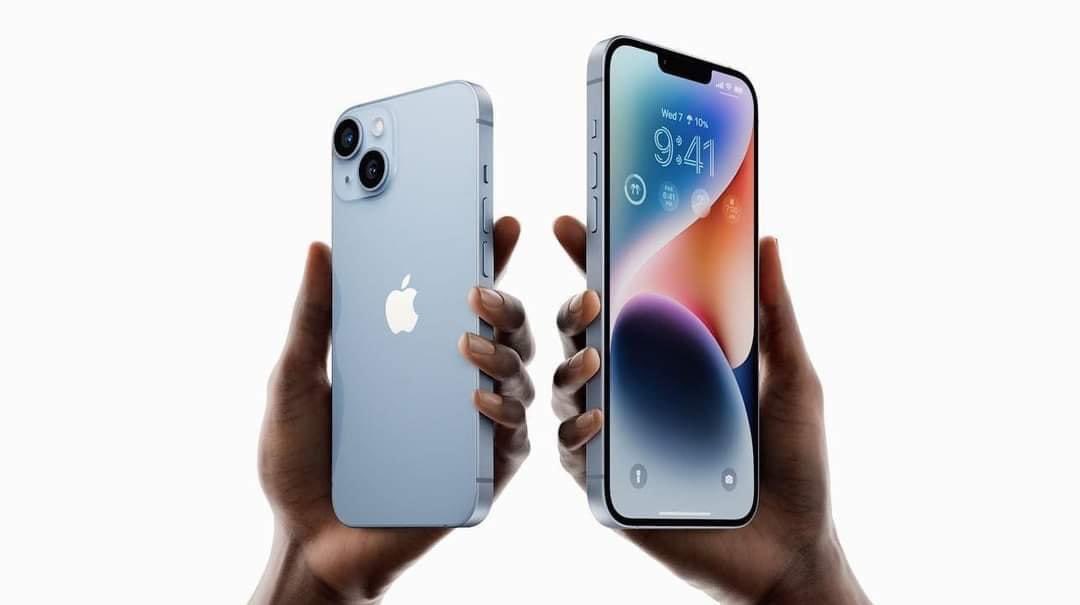In one of the most recognizable technological images of the twenty-first century, Steve Jobs is shown holding the iPhone aloft while donning his trademark black turtleneck. Since its debut at the 2007 Macworld convention in San Francisco, the iPhone has developed into a worldwide phenomenon, with more than 1.2 billion handsets having been sold as of this writing.

The smartphone industry is currently a highly competitive one.
iPhone has accounted for a solid 16% of the worldwide smartphone market. But in the US, the iPhone has succeeded in capturing more customers’ hearts and minds. According to recent information from Counterpoint Research and the Financial Times, iPhones now account for 50% of all installed users* in the United States.
What makes this brand so well-liked when there are so many smartphone brands accessible to American consumers—many of them at lower price points?
The Apple of America’s Eye is the iPhone.
Numerous factors, according to experts, explain why the U.S. surpasses other markets for Apple’s main product.
Of all the major smartphone manufacturers, Apple has the most brand loyalty. Nine out of ten iPhone users in the US want to buy an iPhone as their subsequent device.
iPhones seem to lose value more slowly than other smartphones.
In general, American consumers are less price sensitive than those in many other nations.
Apple has been outspoken in its messaging about safeguarding user privacy and data, and it looks that this message is hitting home with customers.
It’s worthwhile to delve deeper into this final point.
In conclusion , Apple has used its marketing clout to affect public opinion at a time when Americans are concerned about privacy, regardless of whether iPhone is more secure than other devices. And based on these most recent installed user base statistics, it seems that this tactic is working.



